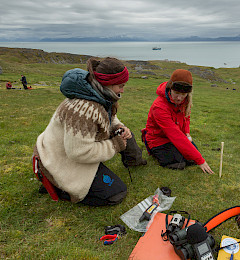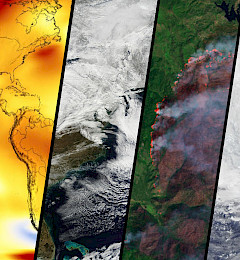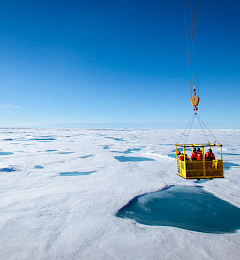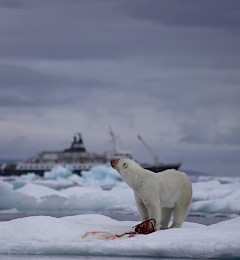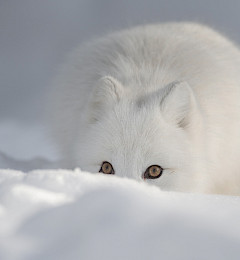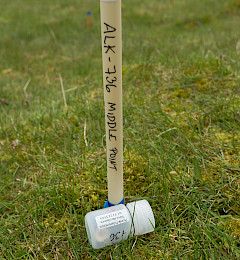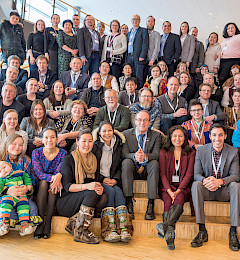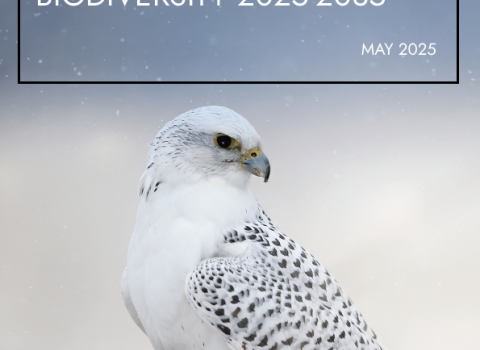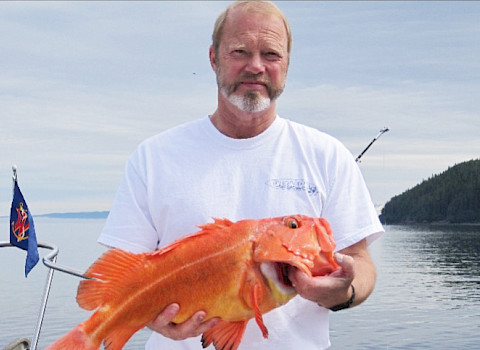
Conservation of Arctic Flora and Fauna
CAFF is the Biodiversity Working Group of the Arctic Council.
Topics
Latest news
CAFF and PAME Secretariats welcome new Project Manager of Finance
The CAFF and PAME Secretariats are pleased to welcome Snæbjörn Sigurðarson!2025-06-18
CAFF Releases at the 14th meeting of the Arctic Council
CAFF presents biodiversity deliverables at Arctic Council Ministerial, including a new 10-year strategy, work plan, and several other reports.2025-05-27
In memory of Kenton Dean Wohl
19 October 1945 – 16 November 20242025-02-11
 Arctic Council Working Group
Arctic Council Working Group 